10 Everyday Cooking Hacks That Save Time and Boost Flavor
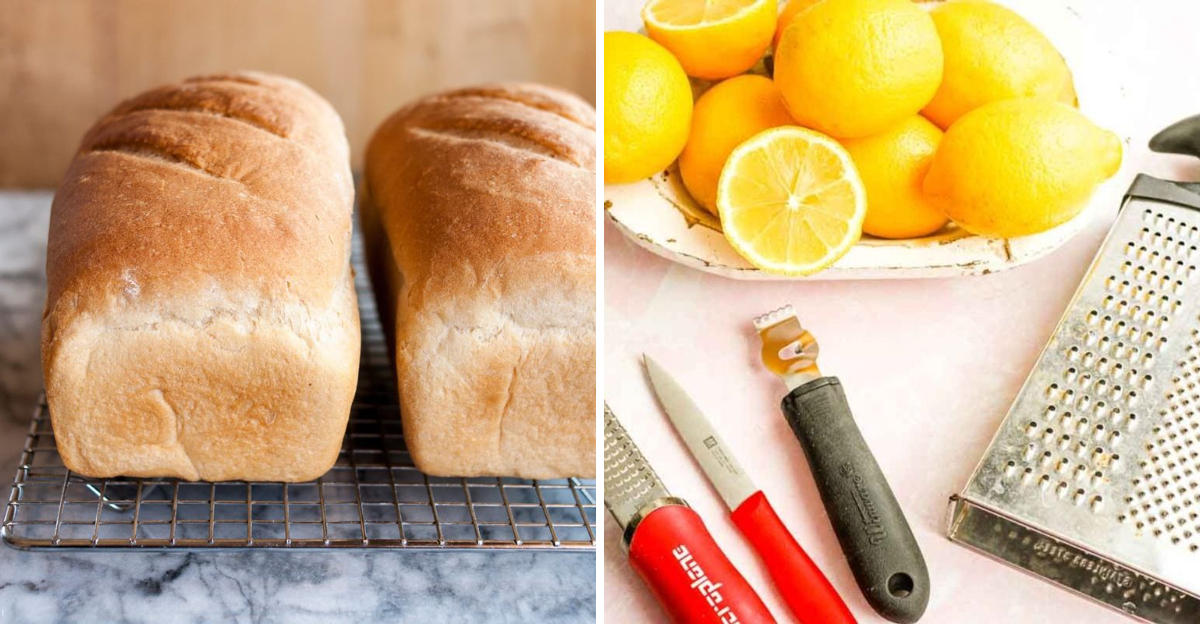
In the bustling realm of everyday cooking, time is often of the essence, and flavor is always a priority. This blog post explores ten innovative and sometimes unexpected cooking hacks that not only save you time but also enhances the taste of your meals. From simple techniques to quirky ideas, these tips are designed to enhance your culinary experience while keeping things fun and engaging.
1. Grate Frozen Butter
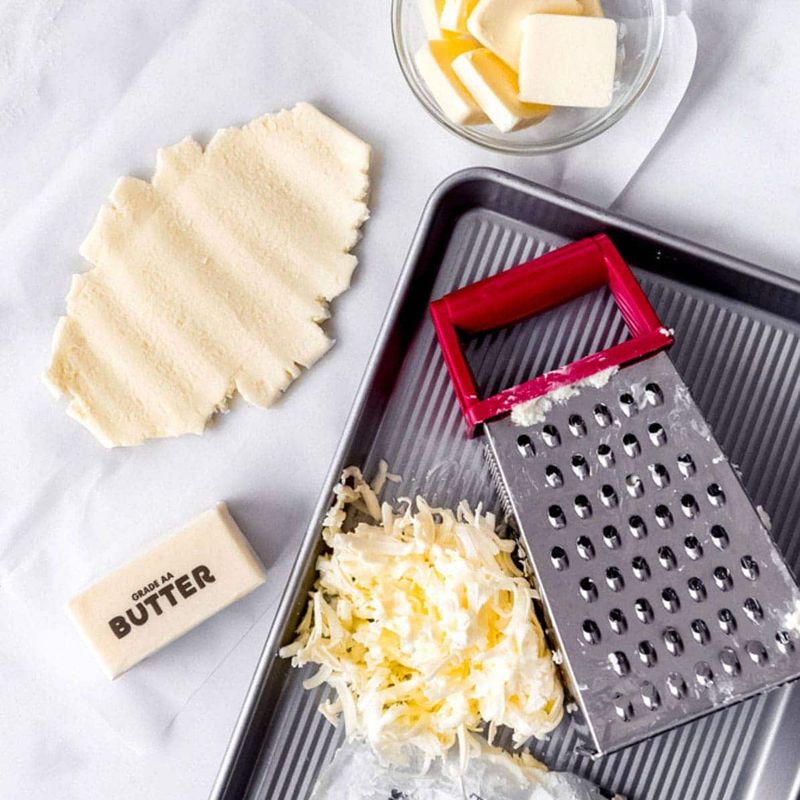
Frozen butter can be a useful tip in the kitchen. By grating it, you can achieve evenly distributed pieces that melt quickly into doughs or batters. This method is particularly handy for making pastries where cold butter is essential. The grated butter integrates more seamlessly, ensuring a flaky and tender texture without the hassle of cutting it into small cubes. Plus, it reduces the time spent waiting for butter to soften, keeping your baking process efficient. So, when you’re in a rush, grab a grater and a stick of frozen butter, and watch your pastries change.
2. Salt Your Coffee Grounds

Salting coffee grounds might sound odd, but it can significantly enhance your morning brew. Just a pinch of salt can cut through the bitterness and enhance the natural flavors of your coffee, adding a smoother, more balanced taste. This simple addition won’t make your coffee taste. It’s an old trick that has been used by coffee aficionados for years. Try this with your pot of coffee, and you might find yourself pleasantly glad by the difference it makes. Experiment with different blends and see how salt can improve your morning routine.
3. Microwave Garlic Before Peeling
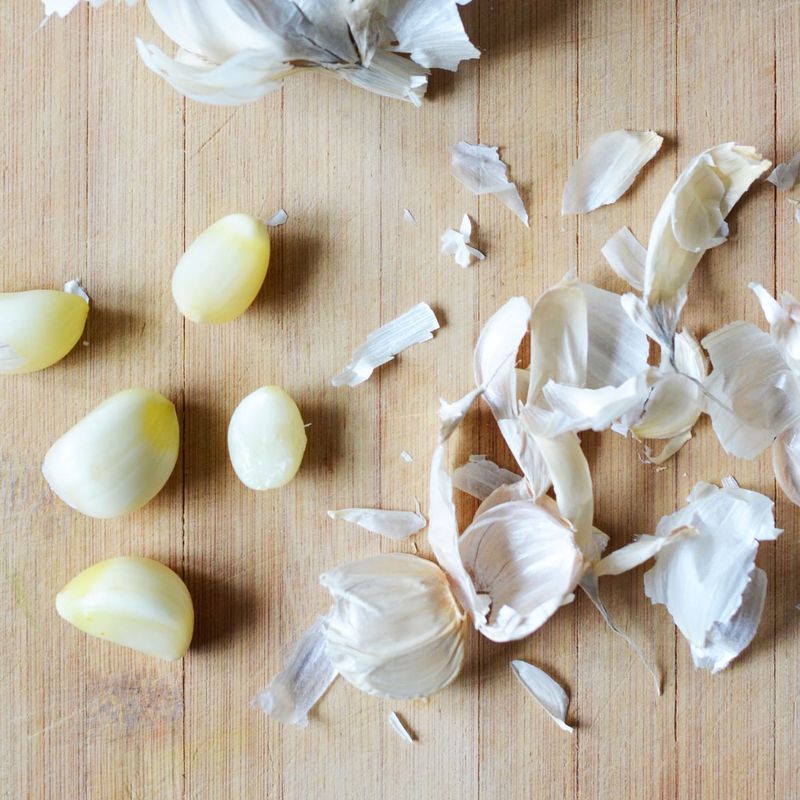
Peeling garlic can be tedious, but a quick zap in the microwave makes it easy. By microwaving garlic for about 10 seconds, you loosen the skin, allowing it to slip off effortlessly. This method saves time and keeps your hands from getting sticky and garlicky. Whether you’re preparing a stir-fry or a marinade, this hack streamlines the process, letting you focus on the cooking. The aroma of fresh garlic is intact, ready to infuse your dishes with its robust flavor. It’s a small step with a big improvement, simplifying one of the most common kitchen tasks.
4. Revive Stale Bread with Water
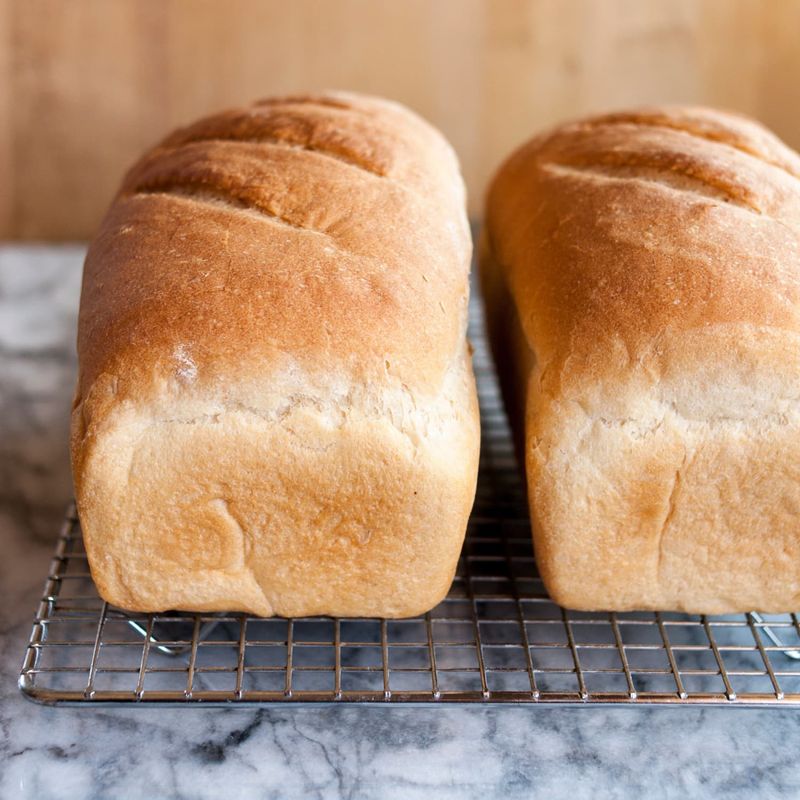
Stale bread doesn’t have to be doomed to the trash. Reviving its simple, just sprinkle some water on the crust, then pop it into a preheated oven for a few minutes. This technique rejuvenates the bread, restoring its crisp crust and soft interior. The water turns to steam, refreshing the bread as it heats. It’s a fantastic way to avoid wastage, extending the life of your loaf. Suitable for making delicious toast or sandwiches, this hack ensures you get the most from your bread. Next time you find a forgotten loaf, don’t throw it away— use the oven.
5. Zest Citrus Fruits Before Juicing
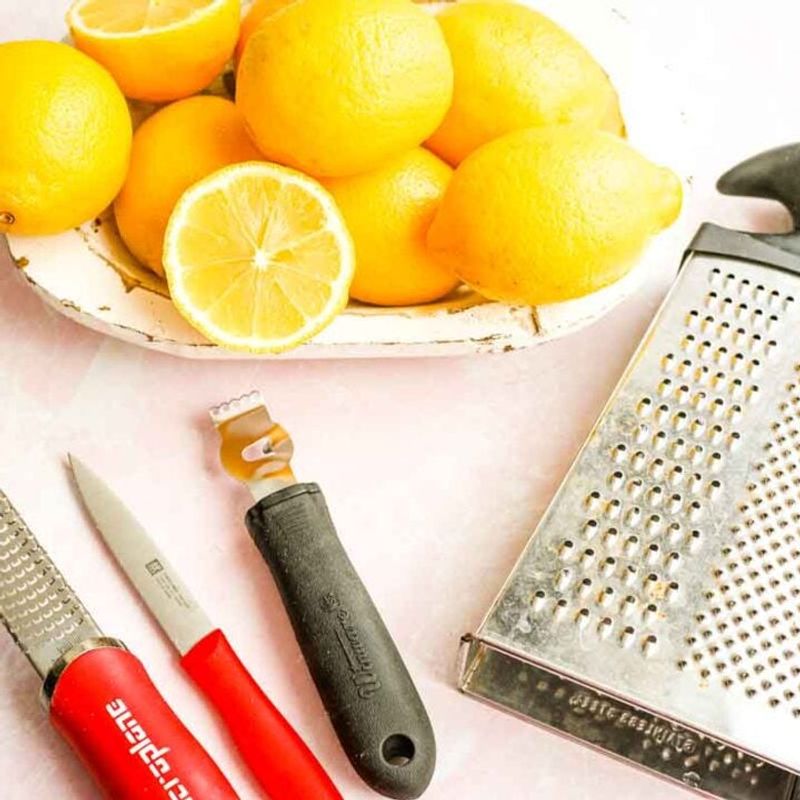
Before you juice citrus fruits like lemons or limes, consider zesting them first. The zest contains essential oils that pack a punch of flavor and aroma, suitable for adding an extra dimension to your dishes. Zesting before juicing ensures you capture all these flavors without waste. Use the zest in baking, dressings, or to garnish dishes for a fresh touch. It’s a small step that amplifies the flavor, making your meals more exciting. And once you’re done zesting, go ahead and juice those fruits, knowing you’ve maximized their potential. This dual-purpose hack is a try option for citrus lovers everywhere.
6. Use a Damp Towel for a Stable Cutting Board
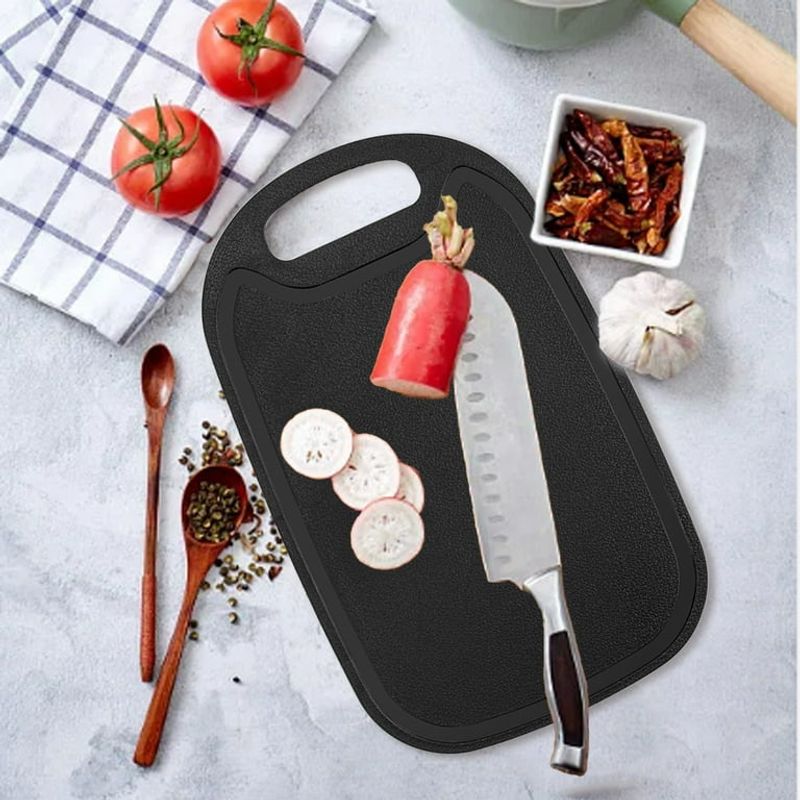
A slipping cutting board can be a hazard, but a simple damp towel can keep it steady. By placing a wet cloth under your cutting board, you add friction that holds it in place. This hack not only enhances safety but also improves your chopping efficiency. No more worrying about accidents or uneven cuts; you can focus on your knife skills with confidence. It’s a practical tip that professional chefs often use, and now you can too. So next time you’re prepping ingredients, take a moment to secure your board with a towel. It’s a small adjustment that makes a big difference in your cooking routine.
7. Quick-Chill Drinks with Salted Ice Water

Need to chill drinks fast. By adding salt to ice water, you lower the freezing point, allowing the water to get colder than regular ice alone. This means your drinks chill more quickly, suitable for impromptu gatherings or hot days. Simply place your bottle in the salted ice water. In just a few minutes, you’ll have refreshingly cold beverages ready to enjoy. It’s an effective and simple technique that impresses guests and makes life easier.
8. Blanch Vegetables for Enhance Colors
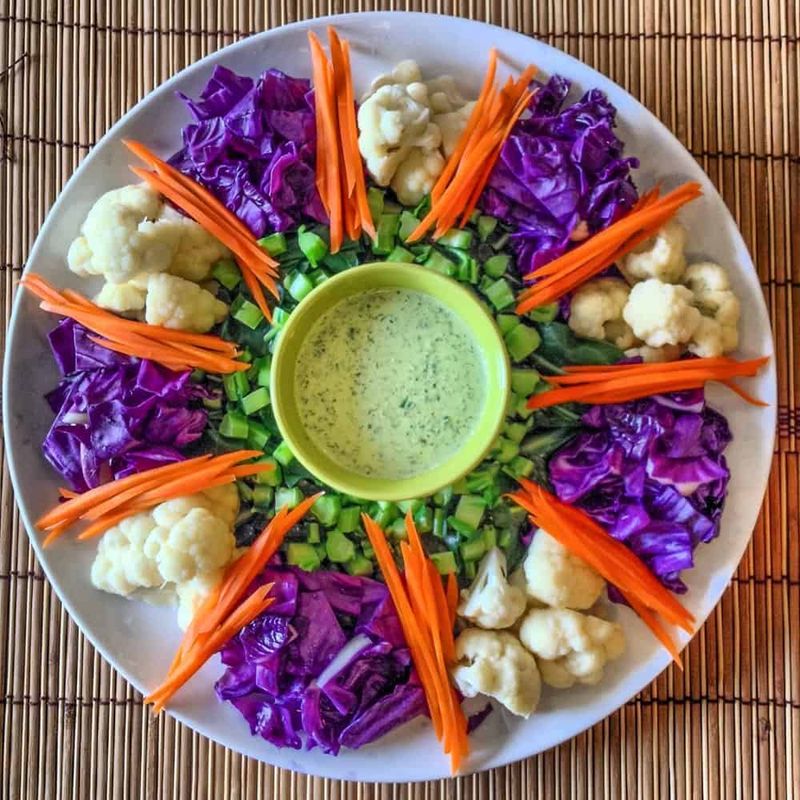
Blanching vegetables is a technique that enhances their color and flavor. By boiling them briefly then plunging them into ice water, you lock in the bright colors and crisp texture. This process is suitable for preparing veggies for salads, stir-fries, or freezing. Blanching not only makes vegetables visually appealing but also preserves their nutrients, making your dishes as healthy as they are beautiful. It’s an essential skill for cooks who want to make their meals pop with color. Give it a try with your next veggie dish and see the difference it makes, turning simple produce into a feast for the eyes and palate.
9. Freeze Herbs in Olive Oil
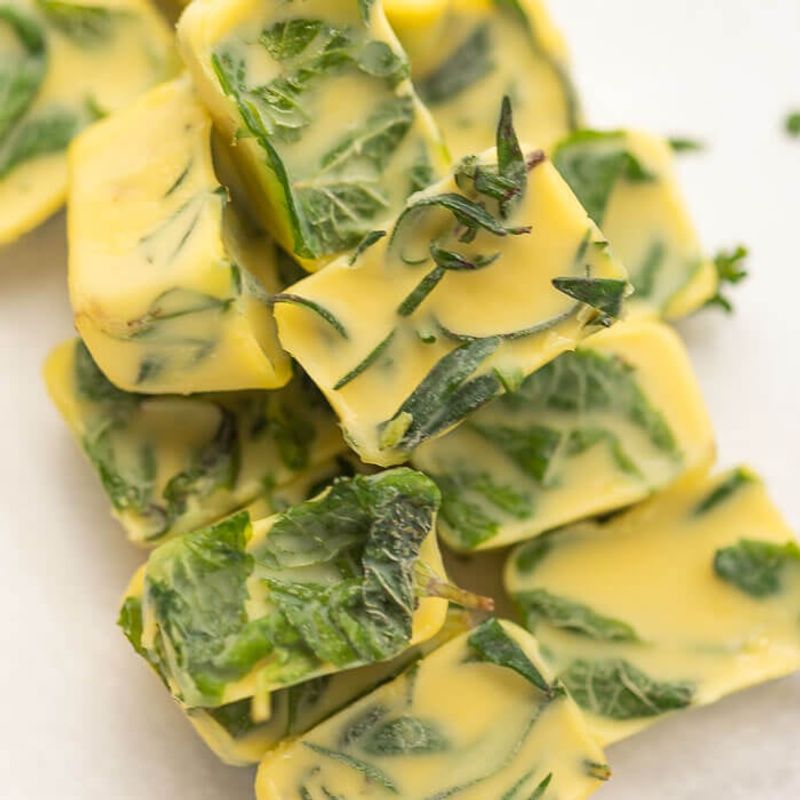
Preserving herbs can be as simple as freezing them in olive oil. By chopping fresh herbs and placing them in an ice cube tray with olive oil, you make handy portions that are ready to use. This method not only extends the freshness of your herbs but also infuses your dishes with rich flavors. Suitable for soups, sauces, or sautés, these herb cubes bring a burst of freshness to your cooking. Plus, they save you time in meal prep, having pre-measured herbs at your fingertips. So next time you have leftover herbs, don’t let them go to waste—freeze them and use later in culinary.
10. Use a Potato to Desalt Soup
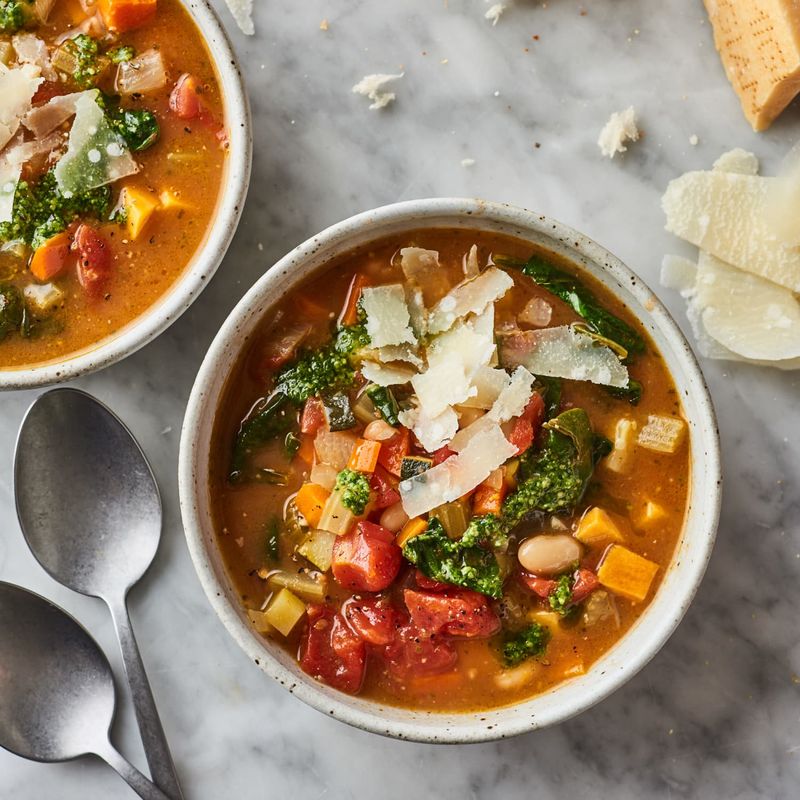
Adding too much salt to a soup can be a cooking mistake, but a potato can be helpful. Simply drop a peeled potato into the pot, and it will absorb some of the excess salt as it cooks. This technique doesn’t just work for soup; try it with stews or sauces too. The potato acts like a sponge, drawing out salt without altering the flavor or texture of your dish. It’s a clever trick that can rescue your meal from a salty demise. Remember to remove the potato before serving, and enjoy your balanced dish.
